14 Sustainable Building Materials For Greener Construction
As the global population continues to grow, so does the demand for housing. In some areas of the world, this has caused house building to expand into previously untouched forested land and natural habitats. The result is deforestation and habitat loss, which not only leads to a reduction in biodiversity but also affects climate change at a local and global level due to carbon dioxide emissions.
In research done by the U.S. Green Building Council (USGBC), it was found that the construction industry consumes 40% of worldwide energy, and by 2030 emissions from commercial structures will rise by 1.8%, according to projections.
The demand for materials by the construction industry can lead to a reduction of the world's forests and natural habitats, another important environmental issue is over-exploitation of raw materials such as oil which leads to resource depletion. This problem becomes increasingly more prevalent as the human population continues to grow.
As a result of this, there has been a need for change in the way our construction industry operates today. There has been a new interest in the development of new and improved green construction materials that are eco-friendly alternatives to traditional concrete and cement.
Green Construction Materials: A List
1. Ferrock
Ferrock is a sustainable construction material made from fly ash and natural cement. Fly ash is a by-product of coal-burning and can replace the Portland cement found in traditional concrete. Ferrock can be used as a building material or as an environmentally friendly replacement for asphalt concrete.
In addition to being more environmentally friendly than traditional concrete, it is also more durable and long-lasting; something which is very important when considering sustainable building materials. The fact that fly ash can replace Portland cement in Ferrock, means it could result in a significant reduction in the amount of carbon dioxide emissions attributed to production.
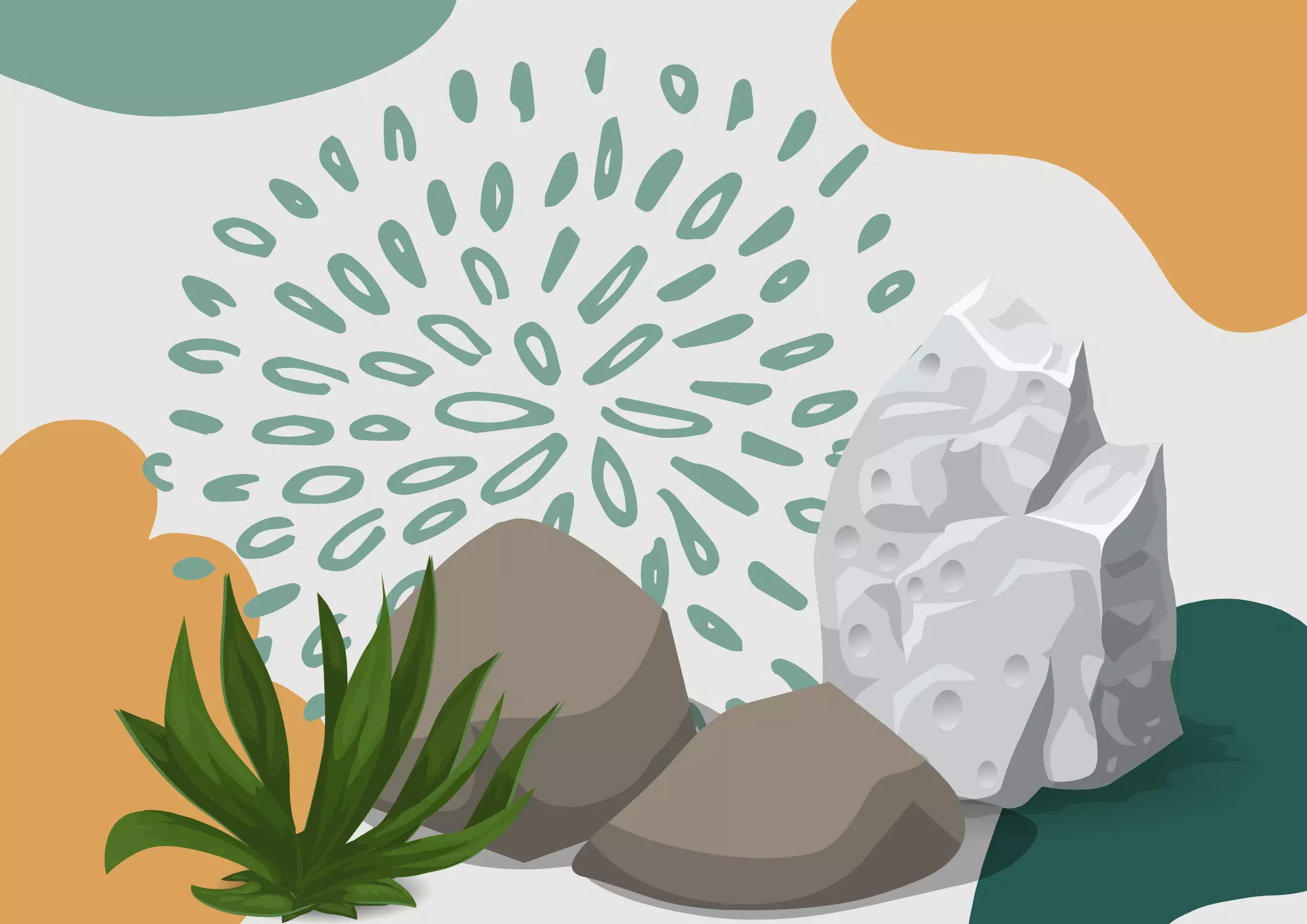
2. Mudbrick
Bricks have been a fundamental aspect of construction for centuries, however, they are far from sustainable. The process of brick making is extremely energy-intensive; it requires the burning of substantial amounts of fossil fuels and emits large quantities of greenhouse gases such as carbon dioxide into the atmosphere.
Mudbrick is an eco-friendly alternative to traditional bricks that is more sustainable due to its lack of energy consumption during production. It can also be produced without the use of any chemical additives, which is another advantage over bricks.
Mudbrick has been claimed to have a carbon footprint that is up to 80% smaller than traditional bricks and takes about half as much time to produce. The ability for mudbrick to be made without the use of chemical additives also allows it to meet the needs of those with allergies who are unable to have bricks in their homes.
3. Timbercrete
Timbercrete is a fiber-reinforced mix of sawdust, Portland cement, and water. When this mix is combined with wood shavings found in timber off-cuts it provides an eco-friendly alternative to standard concrete.
The mixture for Timbercrete can be poured or sprayed, allowing it to be used with short construction times and potentially reduce the need for the production of other building materials.
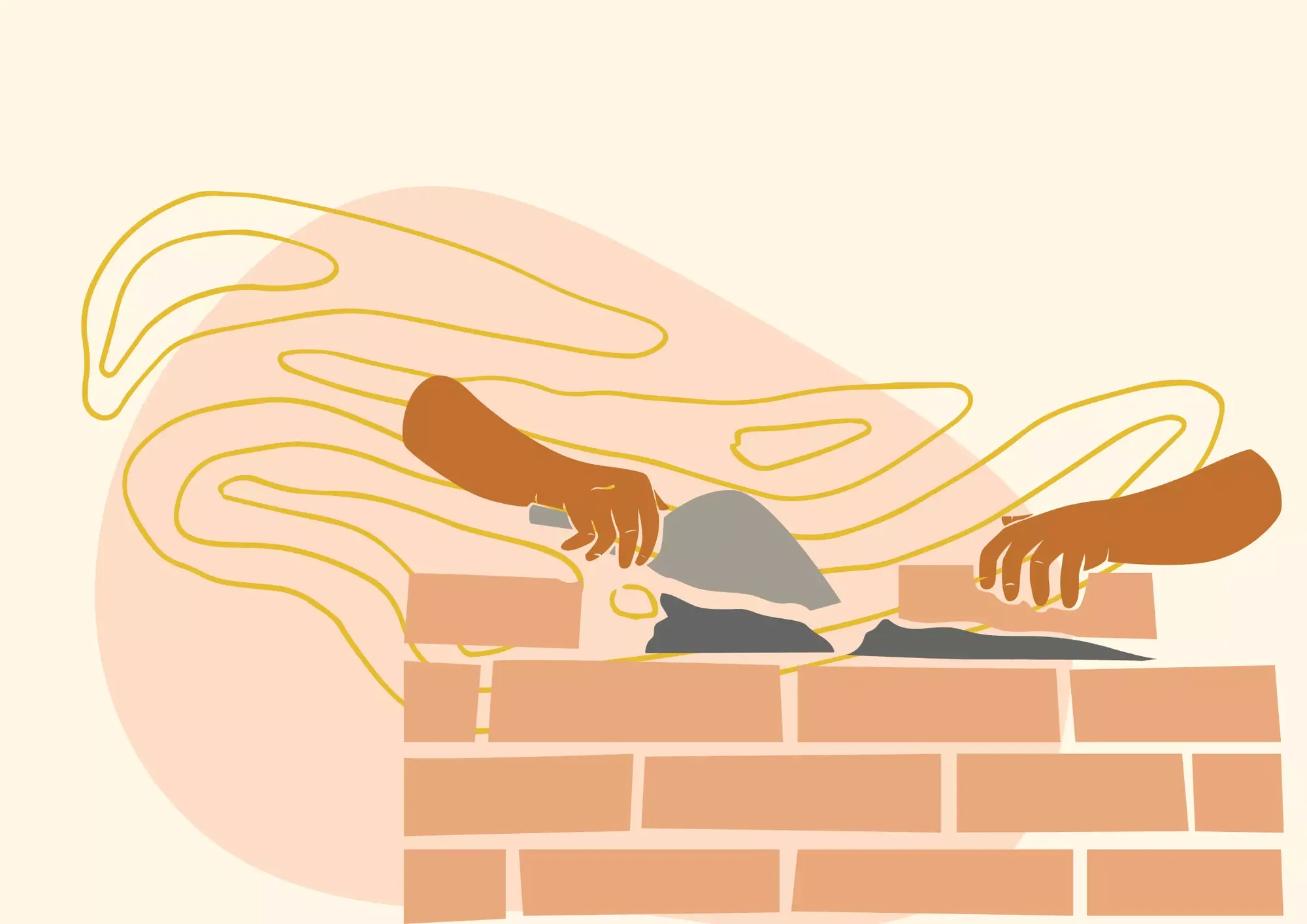
A further benefit of Timbercrete is that it can be used to build modular structures which have previously only been possible with steel or concrete, this allows it to be applied in areas where these traditional materials are not utilized.
4. Cement Replacement Quarry Dust
Quarry dust has traditionally been used as part of the quarrying process to make cement. Quarry dust has often been considered a waste product, producing it during the milling process leaves excess materials that must be disposed of after the cement itself has been taken away.
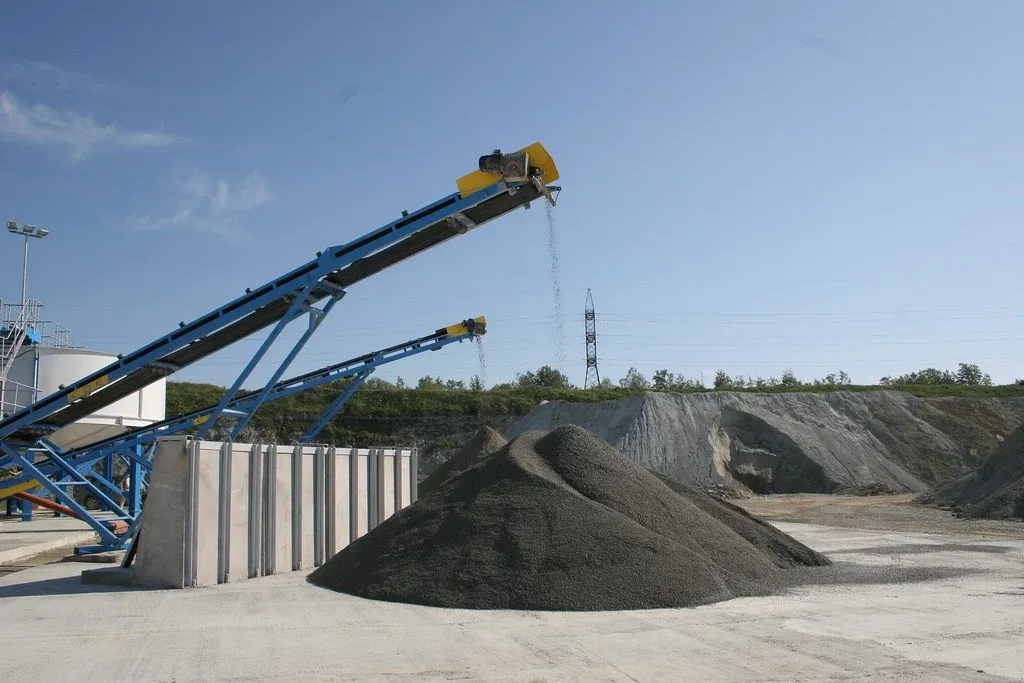
However, recent research claims that up to 80% of this waste can be recycled and used in sustainable construction material projects. This method can reduce the amount of quarry dust disposed to landfill by more than half.
The benefits of using quarry dust instead of Portland cement in concrete include; a reduction in up to 70% greenhouse gas emissions and 20% carbon dioxide, whilst also reducing production costs by 25-50%.
5. Ashcrete
Ashcrete is a sustainable construction material produced from a mixture of ash, cement, and sand. The ash used can be from any source, however, the majority of it is commonly from coal combustion flue gas.

It has been claimed that Ashcrete can reduce greenhouse gas emissions by up to 60%, as well as contain 40% recycled components and fly ashes. It also requires 50% less energy to produce than traditional concrete, because it does not require Portland cement.
6. Woodcrete
Woodcrete is a mixture of wood chips, Portland cement, and water that has been claimed as being suitable for low-rise building construction. It works in a similar way traditional concrete does by filling a mold and allowing it to set.
Woodcrete has been claimed as being more environmentally friendly than traditional concrete because of its application on low-rise building construction, as well as the fact that it can be produced with low-energy consumption and contains up to 85% recycled materials.
The benefits of using Woodcrete include; a reduction of 30-60% on greenhouse gas emissions and the ability to be made at a cheaper production rate than concrete.
7. Hempcrete
Hempcrete is a lightweight material that combines hemp, lime, and water to create walls with thermal properties. The hemp component of the mixture provides insulation for buildings when in liquid form, whilst when it dries it forms into a solid structure that allows passages for wiring and plumbing.
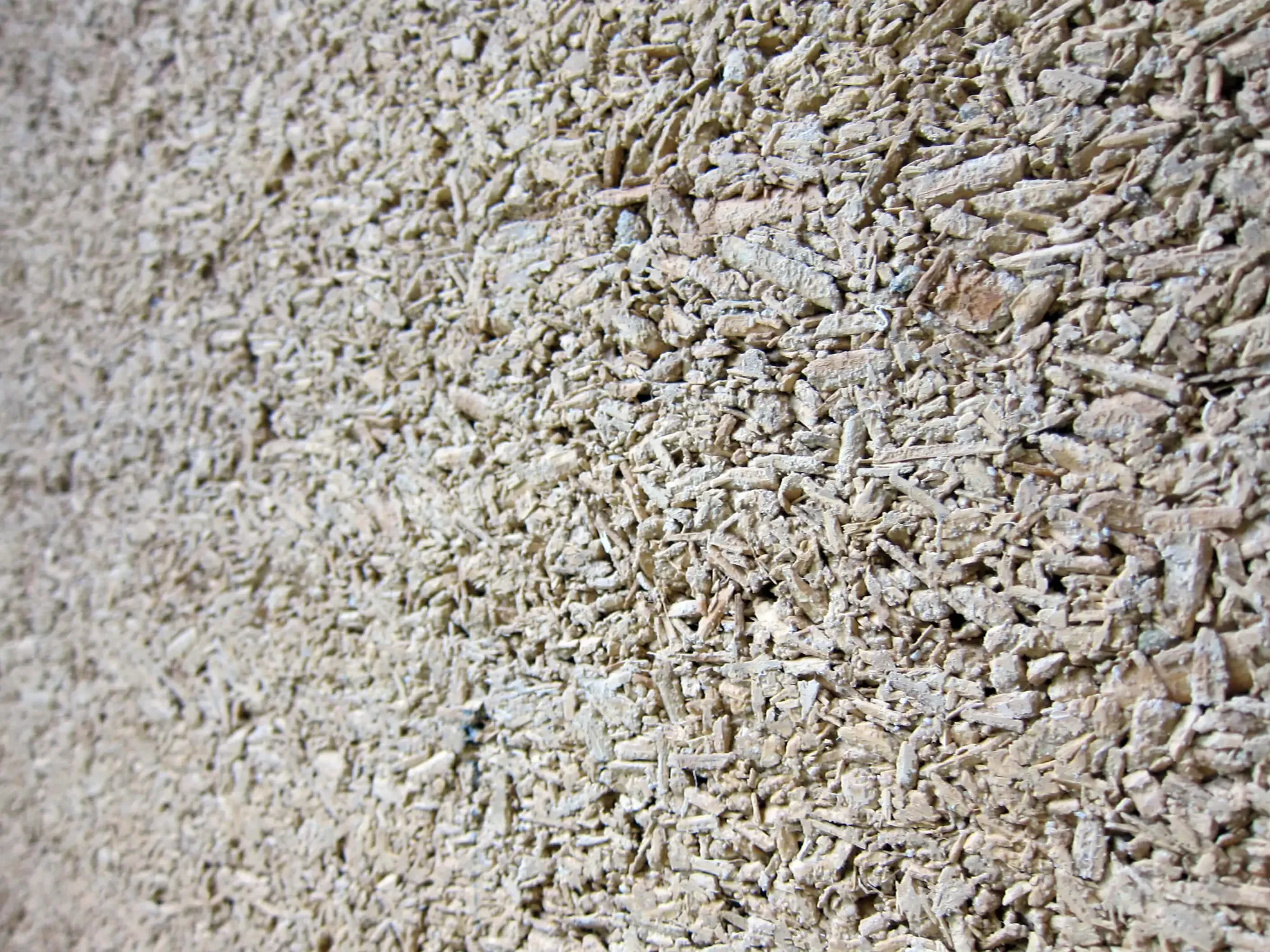
The use of Hempcrete within the construction industry has recently increased due to its ability to reduce greenhouse gas emissions by up to 40% when compared with standard concrete.
Hempcrete also has the added benefit of being adaptable in cold climates, due to its thermal property it can be built into walls within a structure, this is beneficial because it does not require the use of building insulation on exterior walls which are required with standard concrete or timber building materials.
8. Sandcrete
Sandcrete is very similar in its composition to conventional concrete. However, instead of the traditional aggregate used in the production of cement; sandcrete uses natural sands and fine river stone which replaces up to 20% of Portland cement.
Because less Portland cement is required when producing sandcrete it reduces greenhouse gas emissions during production by more than half compared with traditional concrete.
9. Adobe
Adobe is an ancient building material used in climates with little rain because it does not require large amounts of water to produce. It is made from clay, sand, and straw, or grasses that are mixed with water. The mixture is then shaped into bricks and left to dry in the sun.
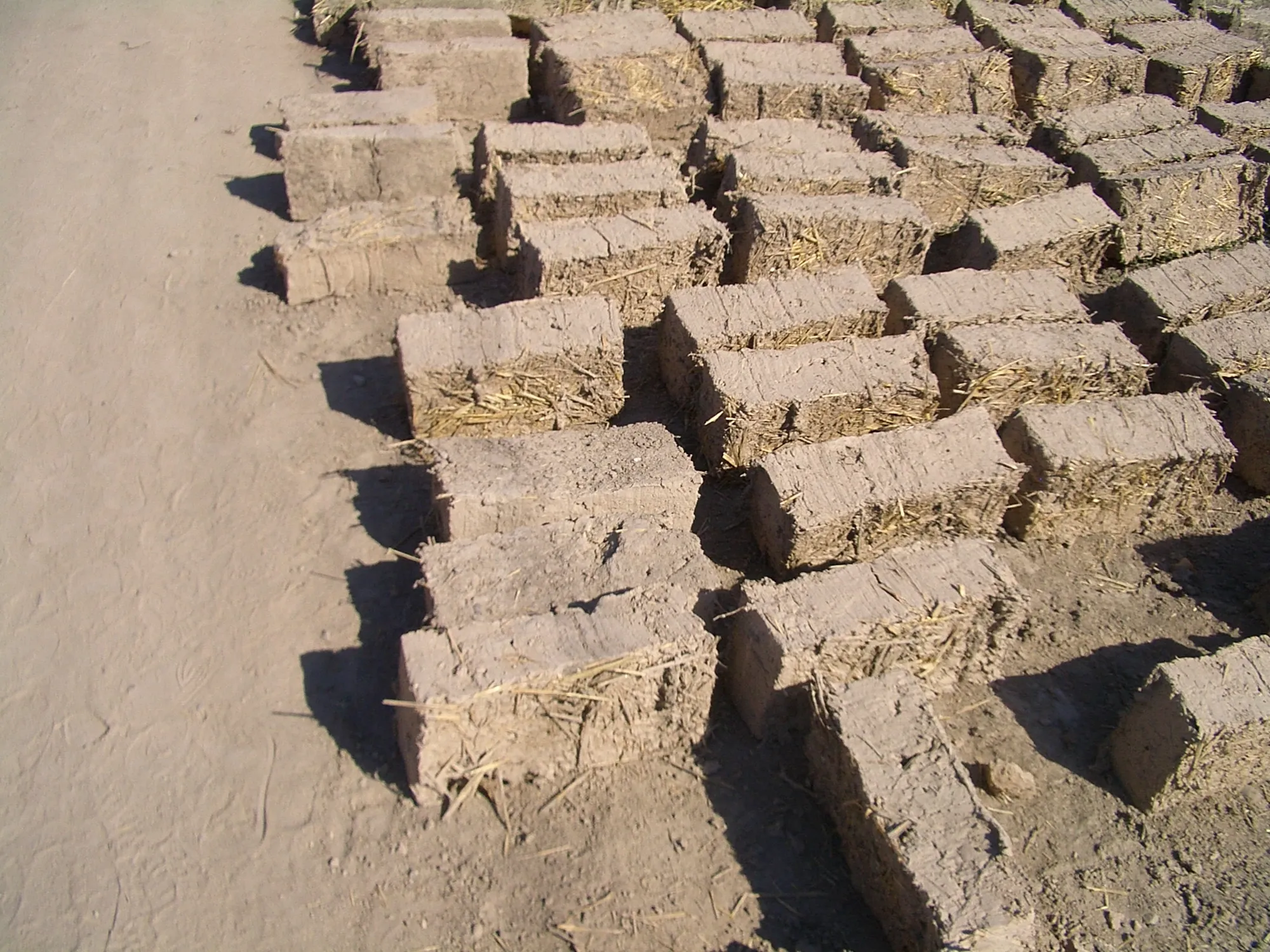
10. Bamboo
Bamboo is a sustainable material because it is grown rather than mined. It takes about three years for bamboo to reach maturity, but has the potential to yield up to 35 tonnes of carbon per hectare each year by absorbing carbon dioxide and producing oxygen. Bamboo can also be used as an alternative crop during times of food scarcity, so it does not compete with food production.
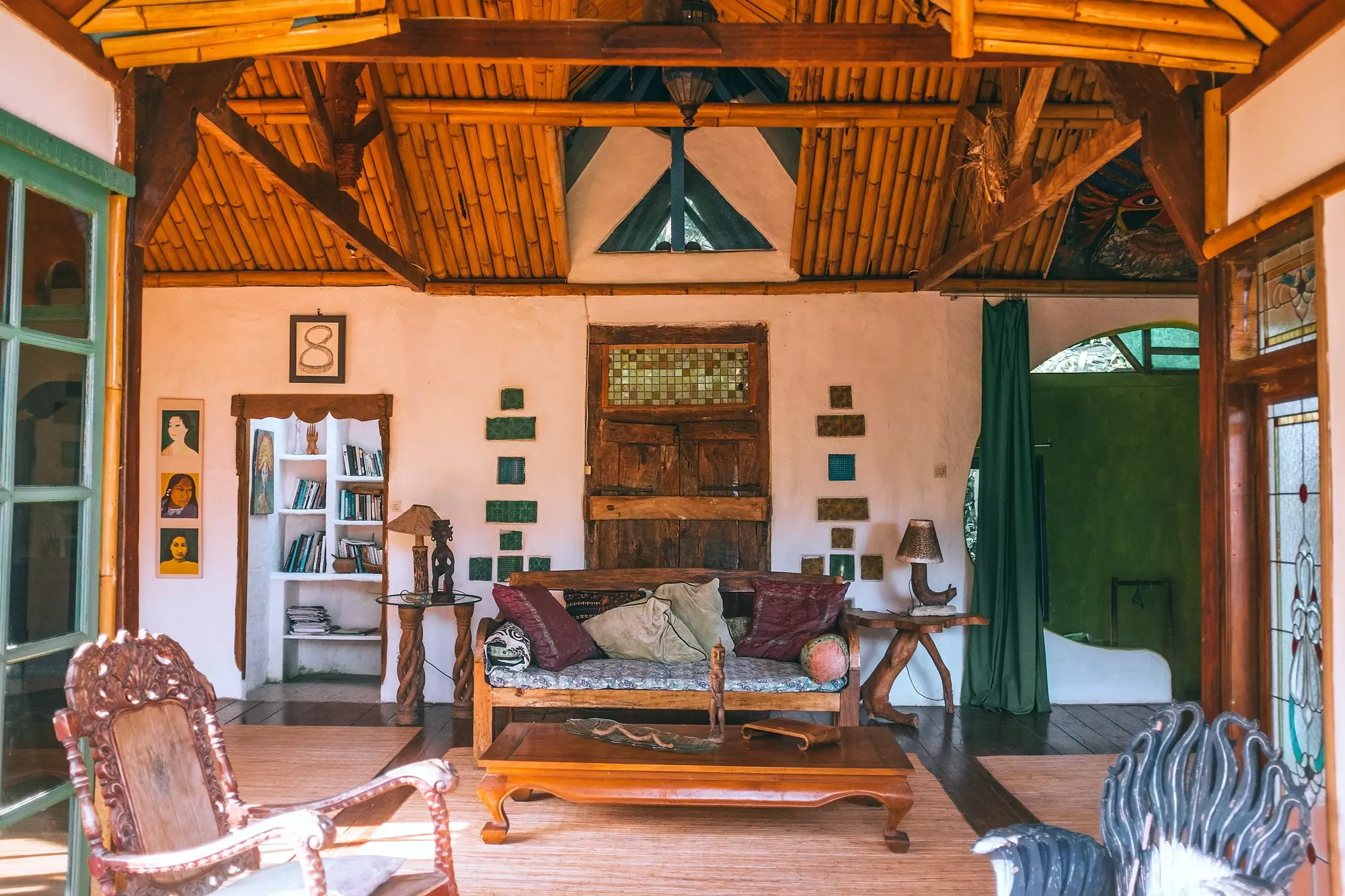
Bamboo buildings are used for everything from scaffolding to skyscrapers. It is popular in construction because bamboo plants are easily grown in suitable climates, with mature plants providing enough raw materials to produce four floors of a building each year.
11. Compressed Earth Block (CEB) Material
Compressed earth blocks are created using soil, water, and either human or animal energy. The mixture is poured into molds to create the shape of a block, then it is compressed under high pressure to form strong walls without the need for reinforcement. The blocks are made from clay, which is an abundant raw material. They can be used in both construction and landscaping.
12. Grasscrete
Grasscrete is a low-maintenance material made from finely crushed rock, water, and grass or turf. It is often used as an alternative to the tarmac in driveways, car parks, and paths. The mixture is laid over a compacted subbase then topped with either gravel or layers of turf. Grasscrete is porous, allowing rainwater to drain through it. It reduces stormwater runoff, so prevents flooding and erosion of nearby soil.
13. Rammed Earth
Rammed earth is created by compacting layers of gravel, sand, or soil into forms that are then filled with cement. The form absorbs excess moisture to create a dense material that can be used for walls, roofs, and floors. Due to the heat generated during rammed earth construction, it gains thermal mass which helps to regulate indoor temperatures. It is used for homes, schools, and commercial buildings.
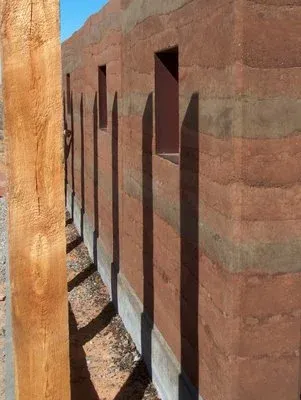
14. Clay-Straw blocks
Clay-straw was developed to resist earthquakes in Turkey, where it is a popular construction material because of its high insulation value and rot resistance. It is formed from clay mixed with straw which is formed into bricks after being allowed to dry in the sun. Clay-straw bricks are fireproof and have a high resistance to humidity as well as are more flexible than concrete.
Aside from building materials, much of the environmental impact associated with construction is related to transporting building materials from their source to the final destination. 75% of all paved roads are used in support of motorized transportation, including transport by heavy goods vehicles, which account for 7% of road transport greenhouse gas emissions. It is possible to reduce or eliminate this environmental impact through the use of sustainable materials whose production does not involve deforestation, habitat loss, fracking, strip mining, or mountaintop removal.
Eco-friendly materials reduce the environmental impact of both the building and the products it contains. Examples of environmentally friendly products include insulation created from recycled plastic bottles or wood with FSC certification, which is derived from forests managed to meet specific sustainability standards. Solar panels, wind turbines, and LED lights are also considered sustainable as they reduce the need for electricity from non-renewable sources.
Sustainable building materials have a low carbon footprint, meaning they produce fewer greenhouse gases during their production and use when compared to the manufacture of traditional materials. In addition, sustainable materials can be produced in an environmentally friendly way with low water usage, and without harm to flora, fauna, or local inhabitants.

